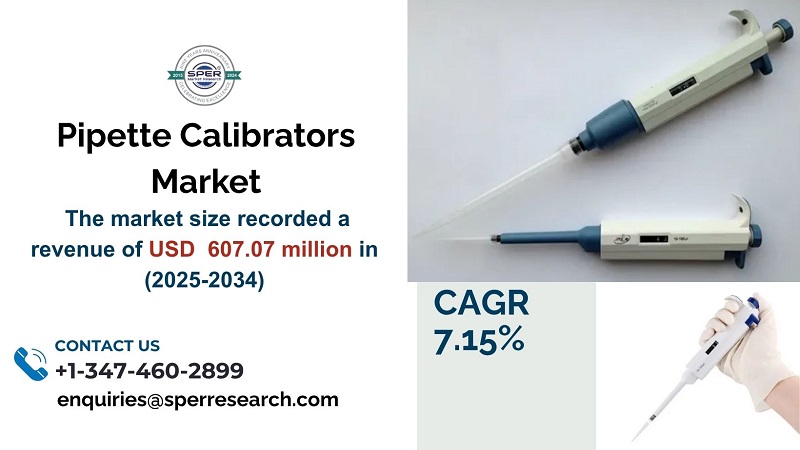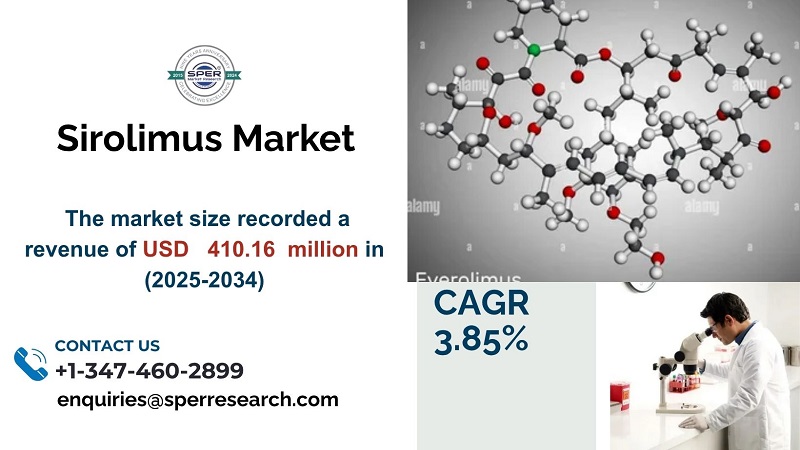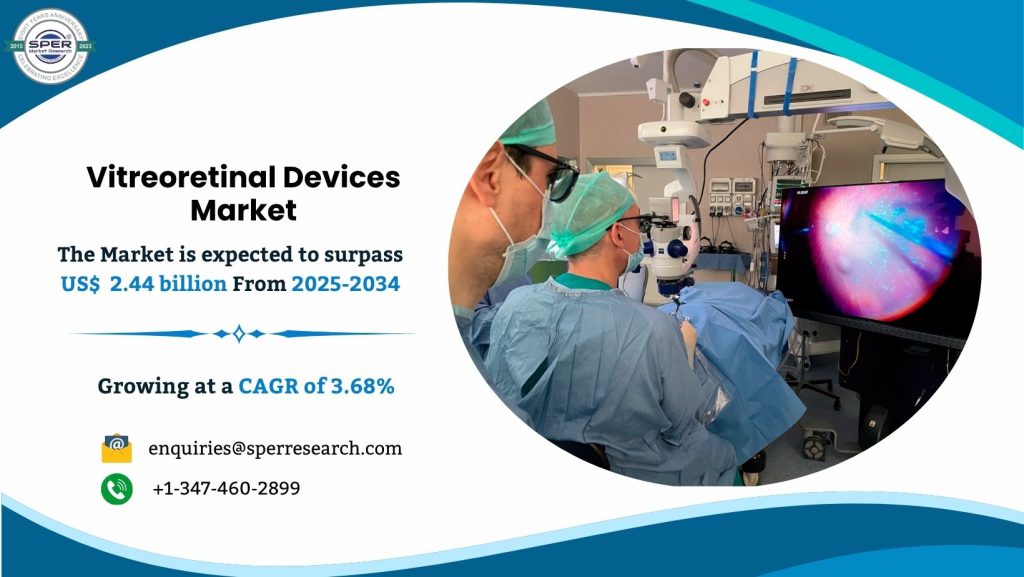Gastrointestinal (GI) stool testing is a diagnostic procedure that examines a patient’s stool sample to assess the condition of the digestive system. A variety of problems can be identified with this non-invasive test, such as bacterial, viral, and parasite infections; inflammation; malabsorption; and indicators of gut health such occult blood, digestive enzymes, and the composition of the microbiota. Diagnosing persistent gastrointestinal symptoms such as diarrhea, constipation, bloating, and abdominal discomfort is mostly dependent on GI stool testing. Inflammatory bowel disorders and food intolerances can also be detected with its help. Modern molecular methods have improved stool tests’ sensitivity and specificity, enabling quicker and more precise diagnosis. Overall, GI stool testing gives doctors important information that they can use to customize effective treatment plans and enhance patient outcomes.
According to SPER Market Research, ‘Global GI Stool Testing Market Size- By Product, By Test Type, By Applications – Regional Outlook, Competitive Strategies and Segment Forecast to 2033’ states that the Global GI Stool Testing Market is estimated to reach USD 1411.55 million by 2034 with a CAGR of 8.06%.
The market for GI stool testing is expanding significantly due to many key factors. First and foremost is the rising prevalence of gastrointestinal disorders such inflammatory bowel disease (IBD), colon cancer, and irritable bowel syndrome that call for effective diagnostic techniques. The precision and efficacy of stool tests have increased due to technological advancements in diagnostics, such as artificial intelligence (AI) and molecular diagnostics, making them more appealing to both consumers and medical professionals. The growing focus on this issue is also being aided by policies that promote early identification of gastrointestinal problems and increased knowledge of preventative healthcare. The demand for non-invasive, at-home testing alternatives is also driving industry expansion.
Global Gi Stool Testing Market Sample in PDF Format, Click Here
The GI stool testing market faces several challenges that hinder its growth and accessibility. High costs associated with advanced molecular diagnostics, coupled with limited insurance reimbursement, make testing less accessible, especially in low-resource settings. Regulatory hurdles and logistical issues in sample collection and transport can affect test accuracy and timeliness. Additionally, patient reluctance due to discomfort or stigma around stool collection often results in delayed testing. In emerging markets, limited awareness and poor access to diagnostic infrastructure further constrain adoption. Overcoming these barriers requires increased public education, regulatory support, investment in affordable technologies, and expansion of diagnostic services in underserved regions to realize the full potential of GI stool testing.
The GI stool testing market is dominated by the US due to advanced healthcare infrastructure, high diagnostic awareness, strong reimbursement systems, and leading diagnostic companies. Some of its key players are- Abbott, Danaher, Bio-Rad, bioMérieux, Cardinal Health, Cenogenics, CTK Biotech, DiaSorin, EDI (Epitope Diagnostics), Genova Diagnostics.
For More Information, refer to below link: –
Global Gi Stool Testing Market Growth
Related Reports:
Japan Cell and Gene Therapy Market Growth
Saudi Arabia Home Healthcare Market Growth
Follow Us –
LinkedIn | Instagram | Facebook | Twitter
Contact Us:
Sara Lopes, Business Consultant — USA
SPER Market Research
enquiries@sperresearch.com
+1–347–460–2899









